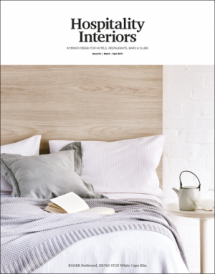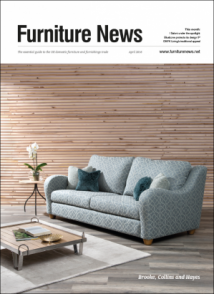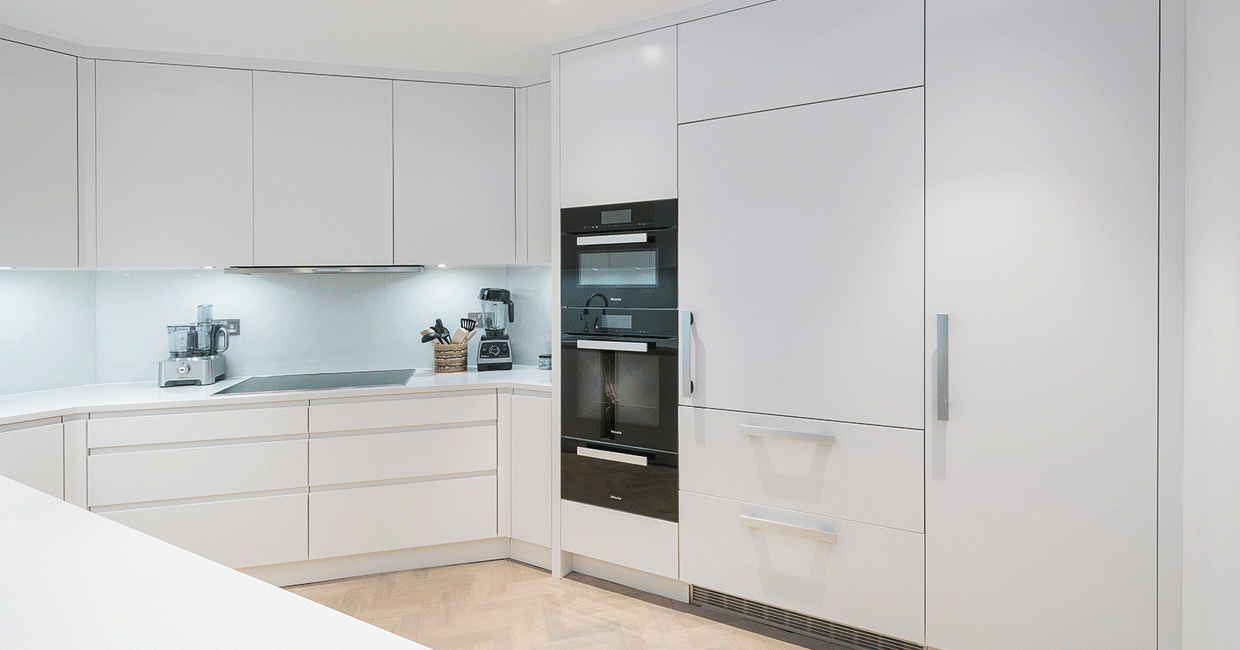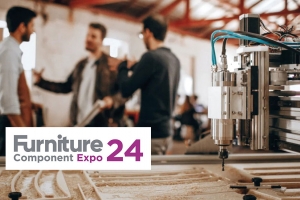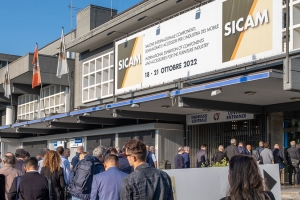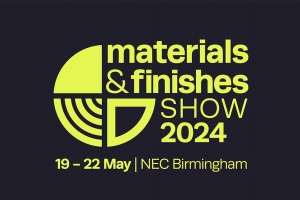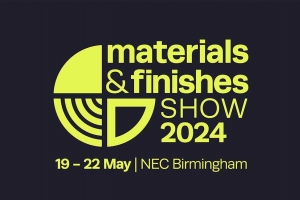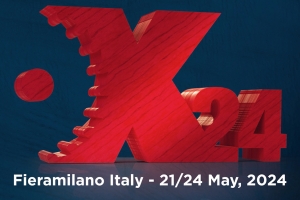Nick Hudson Fine Furniture has built its reputation on designing and manufacturing high-end, bespoke furniture for celebrities, well-known interior designers and respected architects for over 25 years. But, faced with increasing demand, stiff competition and a software package that was slow and laborious to use, Nick Hudson, owner of the Isleworth-based company, knew he had to find the right solution to move his business forward.
“There were serious limitations to the software we were using,” Nick Hudson begins. “We had been using a version of AutoCad for several years but it restricted us to simple 2D drawings and manual CNC programming. We had to create a DXF image file and relay that information to the CNC.
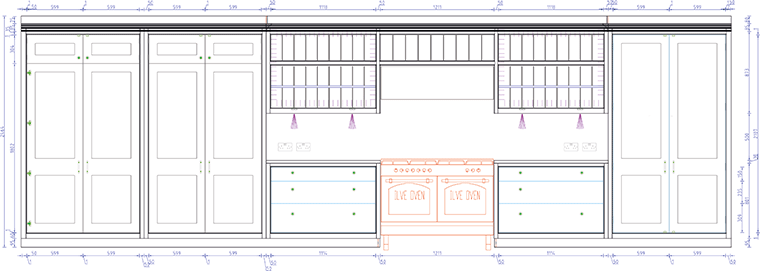
Front aspect kitchen design using CAD+T software
“We were physically programming what drill bits we needed to use, along with the speed, rotation and depth required, as well as instructing the machine on every hole and cut-out that appeared on the design. It was extremely laborious, not to mention time consuming. But more importantly, it was causing a bottleneck in the office because of the amount of work we needed to do before any material could be cut and assembled.
“We couldn’t afford to keep our customers waiting and didn’t want to be in a position where we might have to turn down work because of our outdated software. We needed to find a software package that could simplify this process and help the company move forward.”
Following a chance meeting at last year’s W Exhibition, Nick was given a demonstration of CAD+T’s highly customisable software packages. “I had spent a lot of time looking into other software options but I got the impression that they were very much cabinet-based and required some programming at the beginning of the process,” says Nick.
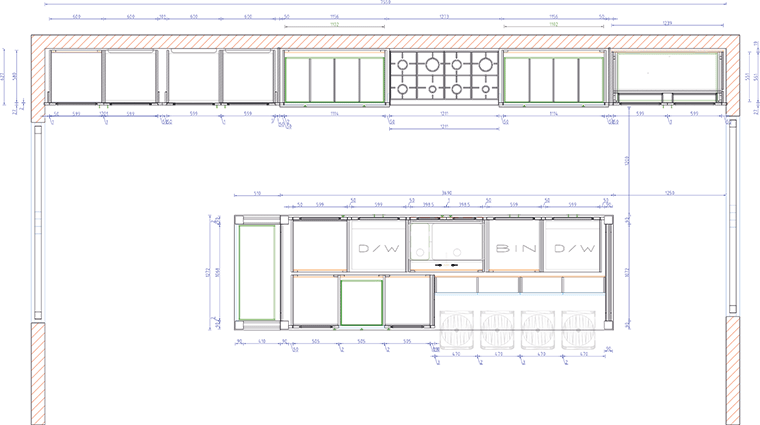
Kitchen plan using CAD+T
This is fine if you’re producing a lot of one thing, but our business is based on a bespoke offering that requires flexibility and freedom to design a whole host of things. CAD+T’s approach was different. It was customisable and adaptable. It immediately caught my attention.
“Another big advantage for us was the software’s framework. It was based on AutoCad, the same software my team and I were used to using. It allowed us to have a firm understanding of the software’s basic functions whilst offering us a whole host of new features that could benefit the business massively.”
A big draw for Nick was CAD+T’s customised CAM interface. It generates CNC codes for one or more three- and five-axis machines easily. “Previously, we had to make the parts and cuttings lists ourselves on an Excel spreadsheet and manually type in the size, thickness and materials needed for each drawing,” says Nick. “It was an extremely drawn-out process and it was easy to miss something.
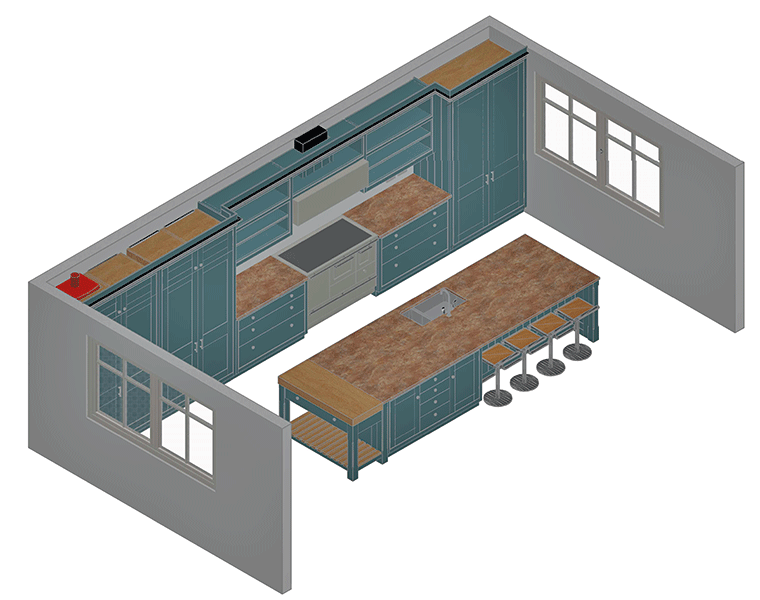
Kitchen model using CADT+T
If you happened to make a mistake, you’d have to trawl though the whole spreadsheet again to try and find out where you’d gone wrong. Worse still, if you decided to add to the design in any way, the whole list would have to be reworked and a new DXF file would have to be translated back to the CNC.”
This was not only time consuming for the team but it also meant that the designers needed to have an in-depth understanding of both the product’s construction and the machine’s engineering. With CAD+T’s software, every part of the process works together to streamline manufacturing processes, whilst optimising machine running time.
“In many ways, our new software has de-skilled our job,” says Nick. “Now, our new CAD software works directly with our CNC machine and the machine’s existing Masterwood program so we don’t have to spend our time compiling lists and manually programming the machine any more. Instead, we draw our designs in 2D and the software automatically creates a 3D drawing and automatically creates the parts and cuttings list ready for production.”
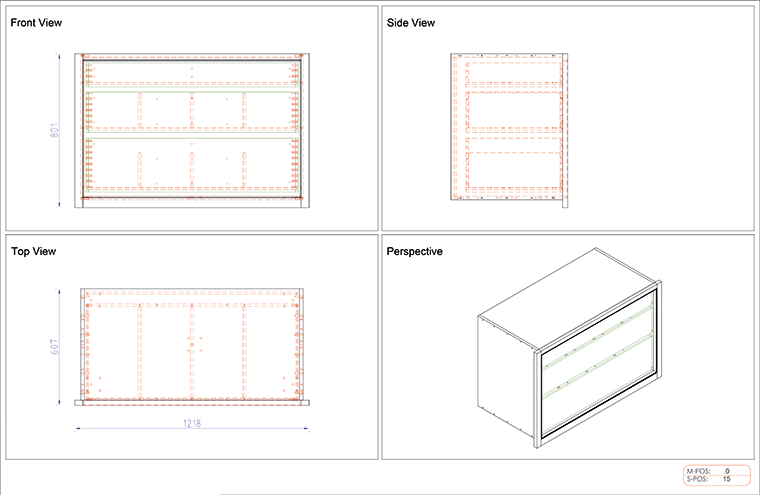
Kitchen drawer design using CAD+T
Nick and his team were also keen to create detailed 3D drawings when pitching ideas to new customers – something their old software could not produce.
Nick says: “When working with a simple wardrobe or table, it’s easy to understand a 2D front, side or plan view, but when you’re creating a made-to-order curved bar or a selection of concave units, it’s often challenging to sell the design to the customer with limited graphics.
“With CAD+T, we can generate 3D views from any angle which, as well as giving the customer the ideal vantage point, brings our designs to life. It also gives us the opportunity to modify the design where we see fit – something we couldn’t often see clearly when working solely in 2D.
“Everything about the software has been designed for convenience. As well as a bigger library, we can build designs significantly faster thanks to the software’s ready-to-use elements and its drag and drop templates. This is particularly useful when we’re recreating popular items like cabinets as they can be automatically selected, edited and saved for future projects.
“Previously, each cabinet would have to be created manually, but now parametric objects can be manipulated and reused whenever necessary.
“The introduction of CAD+T’s software has impacted massively on our production. Now, a job that would have taken us five days can be completed in three, and even our most intricate designs can be created in the exact same way as our more straightforward designs.
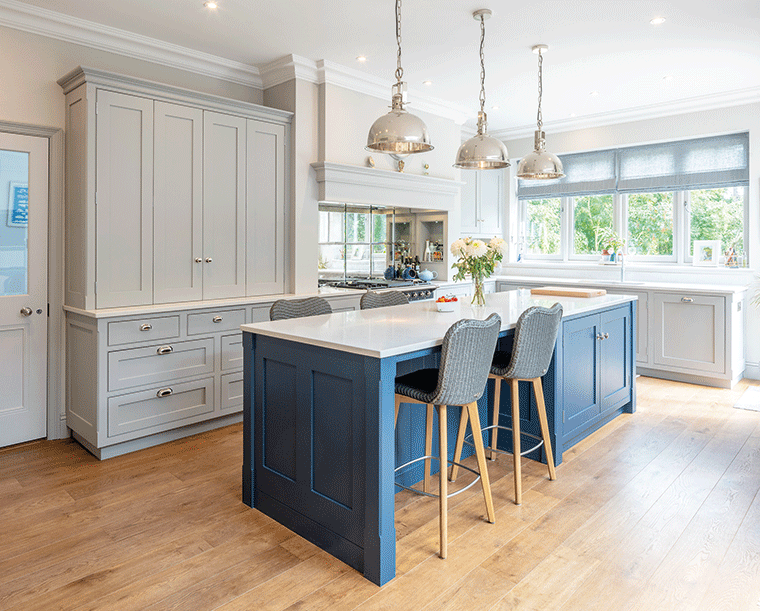
Kitchen project from Nick Hudson Fine Furniture
This has given us the ability to increase the number of jobs we take on and the level of complexity we are confident we can achieve in a shorter timeframe. In fact, we’ve already seen turnover increase this year whilst maintaining the same number of employees.”
It has also future-proofed the furniture-making business. “Just like our phones, our CAD software now updates itself automatically so it’s always being worked on to maintain its effectiveness. The framework also gives us the flexibility to add to the software package at any time.
“So, if our business model changes or we want to grow the business in any way, new features and software modules can be added without a brand new software package needing to be bought, installed and learnt all over again.
“On this occasion, we’ve had to spend time learning the new software, and it took some careful planning to integrate the new software without having to halt all production, but we knew that it was important to get the right software in place if we wanted the business to continue to be a success in the future. We had one week of intense training with a CAD+T specialist, and no stone was left unturned.
“They also came back to fine-tune everything when our production was fully up to speed.
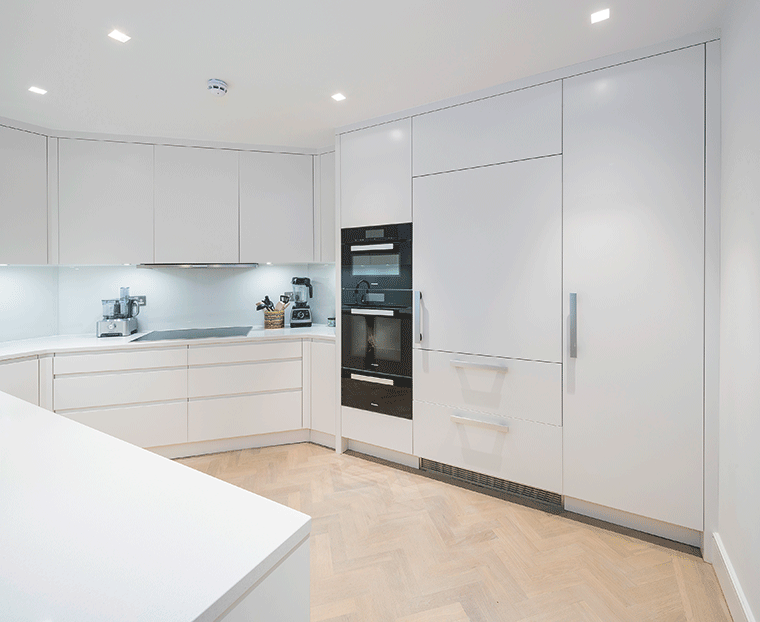
Kitchen design created using CAD+T
“CAD+T also offer ongoing technical support, which has been a great help to us as we continue to learn how to take full advantage of the features available to us. Because our software has been customised just for us, the team at CAD+T has a greater understanding of our products and can even log into our system remotely to direct us if we need it.
“CAD+T has helped us to simplify our processes massively and has allowed us to continue doing our job well. Clever features and automation have massively improved efficiency both in the design department and on the factory floor, and as time goes on, I can only see this getting better.”
